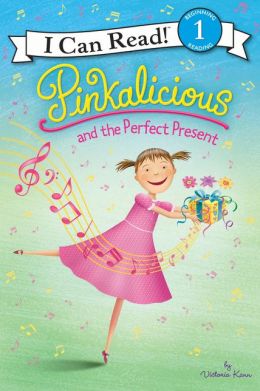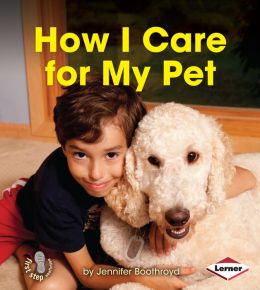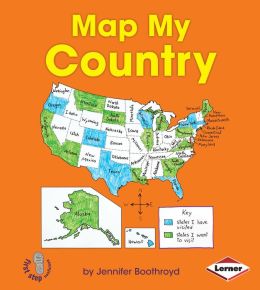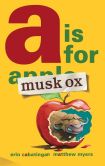9781541526006
$26.65
9781541526013
$26.65
I'll bet you thought of at least three kids to hand these off to right away, didn't you?
There is nothing quite as fascinating to little kids (and, let's be honest, many really big ones) as a giant rumbling machine. In these pages we are treated to close-ups of not just the machines as a whole, but also the engines, control panels (some with computer screens!), hitches, and other parts. You can almost hear them working!
We learn how tractors can do anything from cultivating to plowing snow, depending on the season and their attachments. Pretty versatile machines! We look at the old Henry Ford tractors with metal seats, then on to air conditioned self-steering models that run on renewable fuel. Heck, now I want one!
I want a harvester, too - a tiny one that can putter around my living room and scoop up clutter. If a grape harvester can be that gentle and efficient, surely there could be one that separates the books from the toys without bending a page, right?
This series is perfect for your junior readers who really want to know how things work and what everything is called. Other titles available include:
Balers Go to Work
Cultivators Go to Work
Skid Steers Go to Work
Sprayers Go to Work















